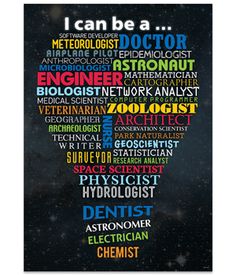Words, labels, and definitions mean something. They can colour a debate or idea from the start. A while back I changed one post label for this blog from "Developing world" to "Majority world" because I think the latter is more accurate and makes a statement. I also recently considered changing "career advice" to "job advice". Why might it matter? What is the difference? Why care? I am increasingly concerned by the notion of an "academic career". First, most people who aspire to an "academic career" actually don't get to have one. University marketing departments, funding agencies, and politicians don't want to face this painful reality. Furthermore, the young, idealistic and uncritical either don't realise this or don't want to believe it. Increasingly, positions in academia, whether Ph.D, postdoc, mid-career fellowships, or temporary faculty, are terminal. They don't lead to another position i




